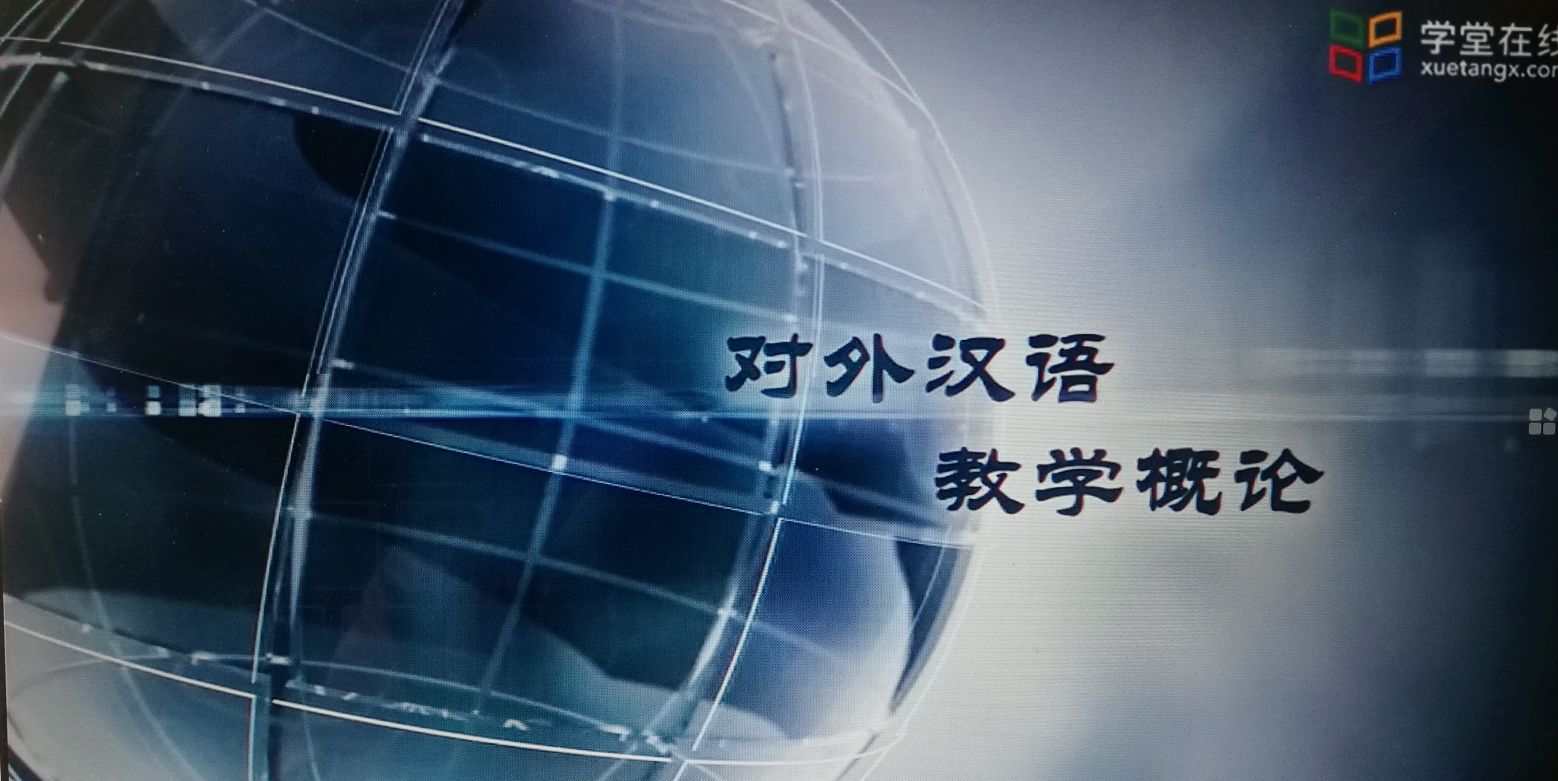
当前课程知识点:Innovation and Creative Thinking (创新与创意思维) > 13. Case Study (Selective)个案研究(选学) > Case Study: Keep-fit formula for Children (学童Keep-Fit方程式) > Creativity and Innovation
返回《Innovation and Creative Thinking (创新与创意思维)》慕课在线视频课程列表
This session focuses on Concepts of Creative Thinking.
本课的重点是创新思维的概念。
Creative thinking is exemplified by the work of Edward de Bono. He believes everyone has substantial creative drive. We have an ability to generate ideas by combining, changing or re-applying existing ideas. We also have an attitude to accept change. We all know the process how to improve ourselves continuously.
爱德华·德·波诺对创新思维的论证最为典范。他相信每个人本质上都有创新欲望,我们有能力对现有的想法进行组合、改造或再应用从而培养新概念。亦乐于接受改变,而且知道如何持续地提高自我。
There are four approaches to creative thinking. First, evolution approach, every problem that has been solved can be solved again in a better way. Second, synthesis approach, two or more existing ideas are combined into a third, new idea. Third, revolution approach, very often the best new idea is a completely different one. Last but not the least, reapplication approach, look at something old in a new way.
进行创意思维的方法有四种。第一种是渐进法,即每个问题都可以再次被更好地解决。第二种是综合法,即已有的想法,两个或者更多,被结合在一起形成第三个全新的想法。第三种是变革法,有时最好的新想法完全不同于以往。第四种是再应用法,即从新的角度看待原来的事物。
Let’s watch a video.
请观看视频。
Have you ever played this game? Which approach did the inventor use, Evolution approach, synthesis approach, revolution approach or reapplication approach? It’s time to do some activities. I will give you five minutes. Please discuss your thought with one other classmate who has enrolled with this course.
你玩过这个游戏吗?发明者用了哪种方法进行创新呢?渐进法、综合法、变革法还是再应用法?现在轮到做练习了,我将会给你5分钟时间,请和另一位参与这门课程的同学互相讨论你们的想法。
It’s very hard to come to consensus, right? Depending on individual’s belief, knowledge and experience, there are more than one answer. For example, it could be an outcome of a synthesis approach. The inventor managed to combine soccer with zorbing games. However, it could also be a reapplication approach which looked at the old soccer game in a new way.
很难达成一致的意见,对吗?因为每个人的信念、知识和经验不同,答案也往往不局限于某一个。比如,它可以是运用了综合法的结果。发明者将英式足球和空气滚球结合在一起。然而也可以是再应用法,即从新的角度去看待传统的英式足球。
There are many Theories of Creativity.
目前有很多关于创意的理论。
The first theory is Theory of Grace. Creativity is a mystery, bringing about images of wonderful insights, imaginative efforts, illumination and intuitions that come from nowhere. It appears like the work of magic. The idea of genius may add force to this notion. It may also be seen as a divine gift.
首先是恩典理论,创新是神秘的,它带来精彩的见解、丰富的想象力、启发和直觉,不知道它从何而来。它似乎是一种魔法。天才正好强有力地证明了这一点。而且它也被看作神赐予的礼物。
The second theory is Theory of Accident. It’s opposite to the notion of divine. It rises by chance. It offers the explanations for various types of accidental discoveries.
第二个理论是偶然理论。它与神赐予的观点截然相反,认为创意是在偶然间出现。它解释了各种各样的意外发现。
The third one is Theory Cognition. It’s seen as a normal human activity. It uses cognitive process like recognition, reasoning and understanding.
第三个理论是认知理论。创意是正常的人类活动,运用了人的认知过程,如识别、推理和理解。
The fourth one is Theory of Personality. It’s a state of mind that can be learned. Some people have a facility for it while others do not but they can improve with practice. Creative acts are not isolated acts of perception. They require an emotional disposition for a new idea to replace and in effect destroy the previous one. It takes courage and persistence to break the uprising resistance.
第四个理论是人格理论。它是可以学习的思想状态。一些人有创意的能力,而有些人却并非如此,但是仍可以通过练习来提高。创意行为不是孤立的感知行为,它要对新的想法有情感倾向,去代替或破坏已经形成的想法,这需要勇气和毅力去打破不断增加的外界阻力。
Last but not the least, it’s the Theory of Association. It’s by far the most popular theory. It applies procedures from one area to another. It underlines the justification for many divergent thinking techniques such as lateral thinking and brainstorming.
最后一个理论也很重要,联系理论是目前为止最受认可的理论。它可以从一领域应用到另一领域,它的重点在于论证发散思维方法的正当性,如横向思维和头脑风暴法。
Then you wonder why some of us are not creative. There are many mental barriers to creative thinking. For example, we often hear people say, oh no, a problem! It can’t be done. I can't do it. But I'm not creative. What will people think? I might fail. But remember... there is never one good solution... There are always solutions.
接着,你可能在想为什么有些人没有创意。现实中有很多精神上的障碍阻拦了创意的发展。比如,我们经常听到人们说,噢,不,有问题!这事做不到。我做不了。但我是个没创意的人。别人会怎么想?我可能会失败。但要紧记,永远不会只有一个完美解决方案,解决方法多得是。
These days computer scientists try to detect people’s emotion and feelings using different kinds of devices, including infrared camera. Unfortunately, the outcome is far from satisfactory. A team of researcher, of which I am a member, tried to think out of the box. We used Heart Rate Variability, HRV can reflect individual’s emotion and feeling. As you may know, HRV is the outcome of the interaction between sympathetic and the parasympathetic nervous systems. We started off with research in the laboratory. We took the electrocardiogram signals, digitized them and made a chip that can collect and interpret them. We then made a wrist band that carries this chip. The wrist band is able to transmit the signals to a smart phone through WIFI and is available for everyday use now.
今天电脑科学家试图使用包括红外相机在内的不同设备来检测人们的情绪和感受。不幸的是, 结果远不能令人满意。一个团队研究人员, 我是其中的一员, 试图跳出框框思考。我们利用心率变异, HRV反映个人的情绪和感受。如你所知, HRV 是交感神经系统和副交感神经系统相互作用的结果。我们从实验室的研究开始,我们取了心电图信号, 将其数码化, 并制作了一个芯片, 可以收集和解释HRV数据。然后我们制作了一条腕带, 携带这个芯片, 通过 WIFI 将信号传输到智能手机。
Let’s see another creative work.
让我们来看看另一项有创意的作品。
Isn’t it hilarious, funny? I’m sure we all need this ‘guiding hands’ service.
For both HRV mood tracking system and Guiding Hands, what characteristics of the developers do you think that have driven them to create the products?
Driven by curiosity? Interested in finding problems? Enjoys challenge? See difficulties as opportunities? Optimistic? Able to suspend judgment? Imaginative? Does not give up easily? Please click on the above characteristics of your choice. We will show you the views of all students in the next session.
这不是很搞笑吗?我相信我们都需要这种 ' 指导之手 ' 服务。
你认为最后两种产品的发明者具有以下哪些特征?受好奇心推动?对发现问题有兴趣?享受挑战?乐观?能够中止判决?富有想象力?将困难视为机遇?不轻易放弃?
请点击您选择的上述任何特征。我们将在下节向您展示所有学生的意见。
Thank! See you next week!
谢谢!下周见!
返回《Innovation and Creative Thinking (创新与创意思维)》慕课在线视频列表
-Assessment: Challenge Based Learning
-Identifying Why People May Oppose Your Ideas(明确人们反对你想法的原因)
-The Process of Planning the Presentation (汇报的计划过程)
-Ways To Get Others To Feel Positive About Your Ideas(让他人对你的想法感到积极的方法)
-Solution identification and implementation
-Solution appraisal and evaluation (方案的评价和审核)
-Case study: Telehealth and telecare Initiative (远程医疗和远程照护的首创)
-Case study: Acu-magnetic therapeutic for knee osteoarthritis(磁疗护膝治疗膝骨关节炎)
-Measures of creativity and creative thinking
-Creative thinking in everyday life1
-Creative thinking in everyday life 2
-Case study: Making Crispy Vegetables(制作酥脆蔬菜)
-Tutorial: How To Sell Your Ideas To Others(如何向他人推销你的想法)
-Case Study: Heart Rate Variability (心率变异性)
-Case Study: sleep apnoea(睡眠呼吸暂停)
-Case study: sleep apnoea (continued)
